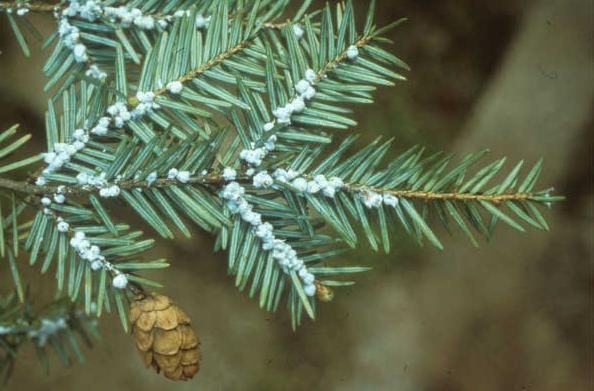Loaded up Musketaquid (skin-on-frame kayak) and Guppy (possible name of tiny new plastic kayak) for a couple of hours on favorite nearby pond. First time paddling in weeks. Left shore elevenish. No agenda. I said, "I'll follow you." Son said, "no, I'll follow you." So we followed each other vaguely in the direction of the far end of the mile-long pond, making discoveries as we went.
Red-winged blackbird repeating unfamiliar call
that kept me guessinguntil I got a clear look at him.
Nippenicket's shoals and islands make it more interesting.
A tiny "cove" has white waterlily (Nymphaea odorata) and pickerelweed (Pontederia cordata)
in the foreground, while royal fern (Osmunda regalis center left) peeks from the shadows ashore.
Stephen among the water shield (Brassenia shreberi),
easily identified by shield-shaped leaves with leaf stems in the center.
Scattered white flowers at the surface announce the flowering of the underwater plant fanwort
(Cabomba caroliniana) with its finely-divided, dichotomously branching leaves.
Herbivores busy everywhere, but the white water lily leaves first got my attention by the uniformity of the holes, then focused it when I saw that the holes were being cut out as if with scissors! No idea by what.
Perfect weather: enough cloud to make sky interesting,
enough wind to keep us cool without making paddling difficult.
The whole northern end of the pond is choked with water milfoil (Myriophyllum)--another alien invasive--and we passed up a closer look at a marsh to get ourselves disentangled.
Ashore later at the Harry C. Darling Wildlife Management Area, we stretched our legs and poked around.
Musketaquid ably bears my weight in its 12 foot length,
while 8-foot Guppy rides high with Stephen.
Pickerelweed up close. (I tried without success to catch a visiting bumblebee in the photo.)
Alder (Alnus), with its double-toothed leaves and fruit ("cones");
below are last year's cones, long ago opened but still hanging around.
Sweetpepperbush (Clethra alnifolia)--a very common shrub of wet places--in flower.
The toothed leaves are wider toward the tips. The dried fruit will look a bit like peppercorns.
On the way back to the launch area, we stopped at a little islet we'd never been to.
Purple loosestrife, an alien invasive.
Looking south toward the launch ramp a quarter-mile away.
We raced informally back to the launch. Stephen's smaller boat's lower wetted surface (friction) and lighter weight was trumped by my boat's longer waterline (higher top speed) and stronger arms. --not to mention that winning meant more to me (an official Old Guy) than him. So I beat him handily. We were back on the road before 2pm.































.gif)


















